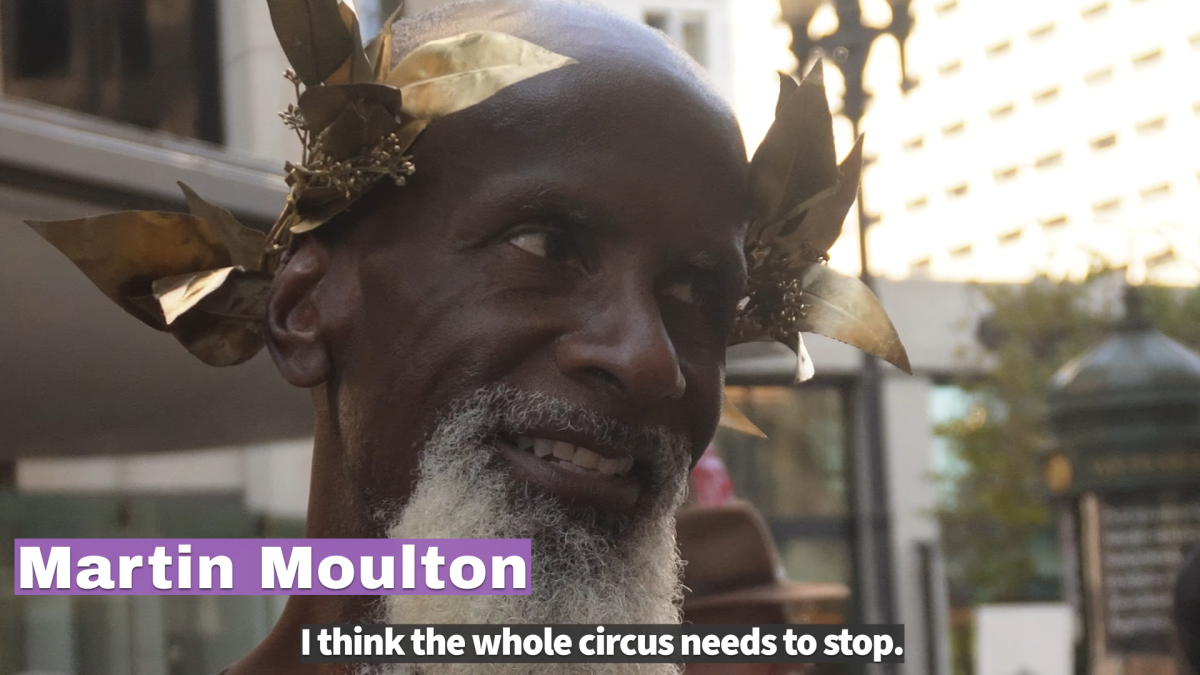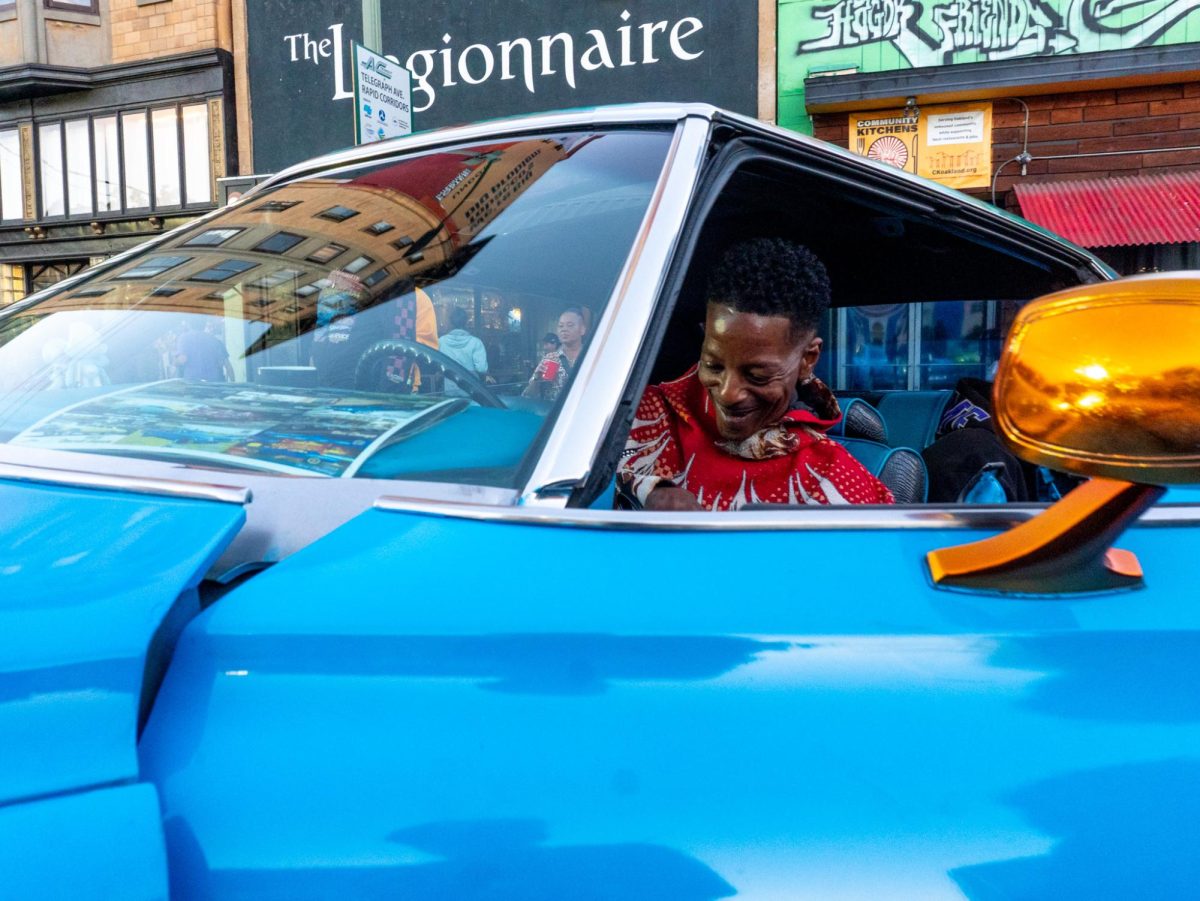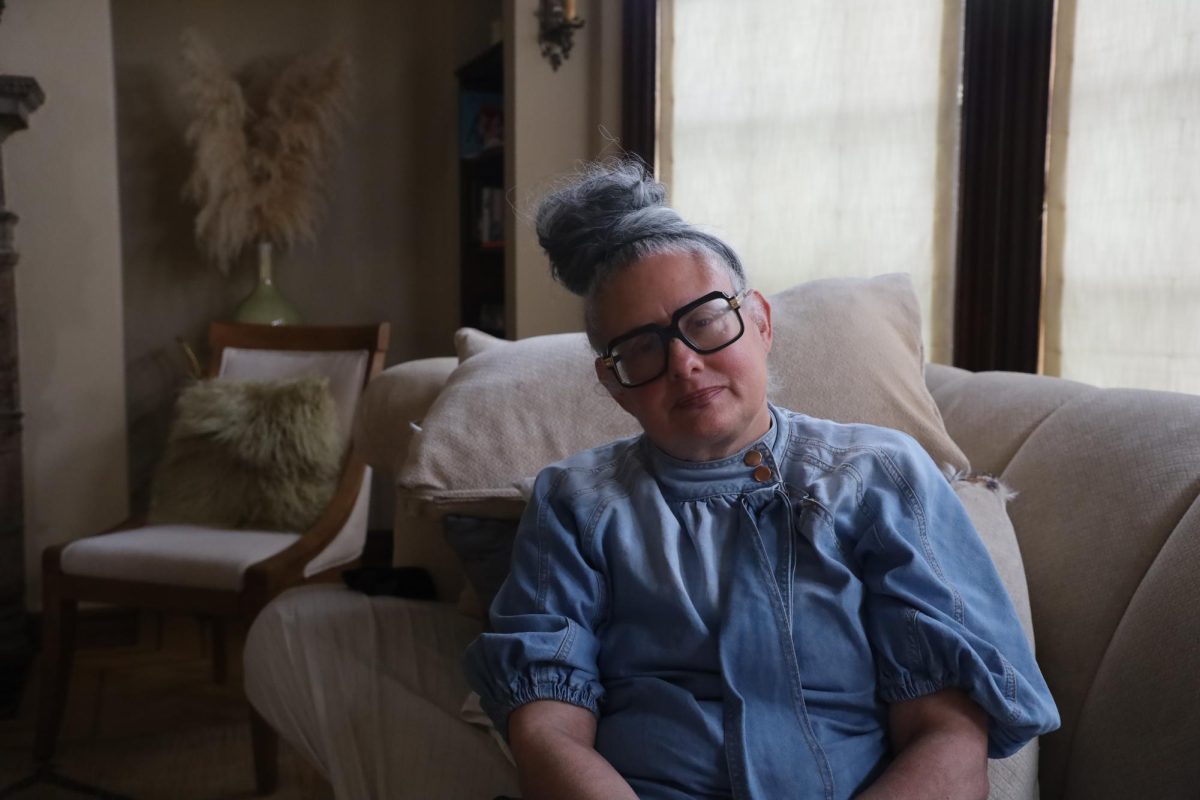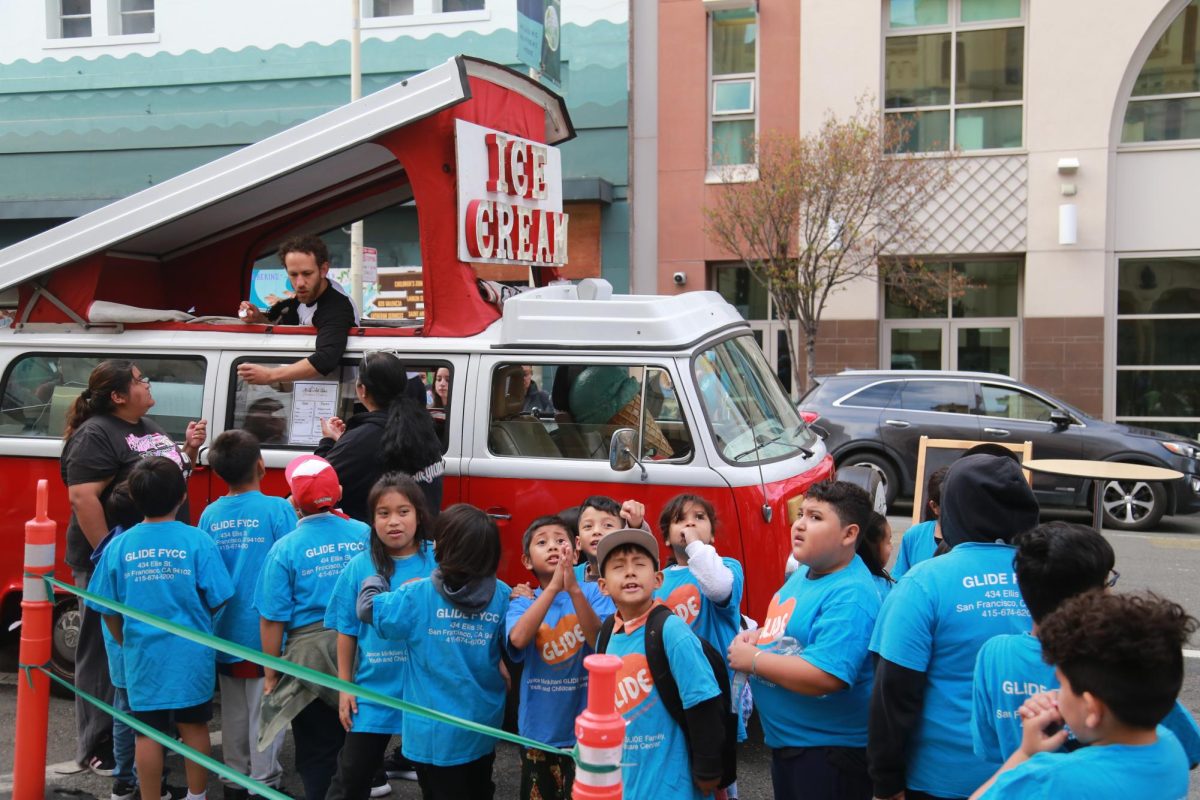Disapproval of the new bus route was made clear by community members at the Muni Forward 28/28L19th Ave Rapid Project open house, at Mercy High School on Thursday, November 6th.
A total of fifty-one proposed changes are in the new route, with eight stop removals, eight stop relocations, three local only stops, ten new transit bulbs, eighteen new pedestrian bulbs, and one bus zone extension.
All the changes were printed on ten poster boards scattered across the room. Two SF Municipal Transportation Agency (SFMTA) employees were stationed next to each board, ready to answer any inquiries and write down concerns.
According to the SFMTA website, a total of fifteen thousand customers use the 28 and 28L 19th Avenue route on the daily. The proposed changes claim cut down the 28 route time both ways by 20 percent, which is equivalent to nine minutes total, and will reduce the 28L transit time by 8 percent, three minutes total.
While reduced commute time is a benefit to a majority of Muni passengers, a quicker bus ride is available at the expense of others.
“The people who came up with this aren’t our age, or disabled,” says Debra Haas, who is in her early 60s and has lived in the Sunset district for fifty-six years.
Hass says the excess amount of transit and pedestrian bulbs would increase the lack of parking for residents and create further walking distances for the elderly and disabled community.
“It’s called no one using their brains … Putting bump outs on a state highway is insane,” says Hass.
Hass’ mother, Janet Haas, ninety-one, was worried about the petition for stop relocations.
“People who live in the retirement home will have to cross the street,” Hass says, concerning the Lawton stop relocation, which currently stands in front of the retirement home, Vintage Golden Gate.
“Some are good, I don’t agree with all of them” says Gregory Sensibaugh, thirty-three, in regard to the new changes.
Sensibaugh has lived in the Sunset for eight years, and said while the SFMTA is addressing the issue of wait times, the city is not wisely using its resources.
“My concern with this is Prop A just passed and they’re blowing all this money. At least they’re acknowledging we have a problem,” Sensibaugh says.
Dustin White, the 28/28L 19th Avenue Transportation Planner, says community feedback at meetings and from online surveys has been beneficial to the planning process.
“It’s just a great reminder that every detail has a tradeoff,” White says.
Meeting attendees had no hesitation listing their concerns on the feedback boards standing next to each route explanation poster board.
“Do not understand need to eliminate limited steps at Lincoln, Quintara, and Sloat. Would result in long distances between stops and lack of connection to GGP,” “on weekends traffic backed up from GGB to Pacheco and 19th,” “bus bulbs make it harder to park,” and “many seniors and children use Irving stop” were just a handful of concerns listed on the feedback boards by community members.
White says the most prominent complaint about the 28/28L 19th Avenue route change was the removing of stops, “particularly for the older people.”
All the feedback and accommodating route changes will be presented to the SFMTA Board, who will make the final route decisions, White says.
Road work for route development will begin in late 2016 and the SFMTA aims to finish in 2018 White says.
Planning and Implementation director Matt Brill, says no matter the outcome, compromises will have to be made.
“It’s a tradeoff. Reliability and quick time versus shorter walking distances,” Brill says.








